
Chris Solomon takes us into the trenches of a modern wilderness war
Chris Solomon takes us into the trenches of a modern wilderness war
Last week, Utah congressman Rob Bishop released an updated version of his Public Lands Initiative, a proposal more than three years in the making. At stake is the fate of 18 million acres of public land across seven counties in eastern Utah—with potentially huge implications for the future of federal land management all across the West.
Journalist Chris Solomon delved into the Public Lands Initiative in a story for Outside Magazine this winter, interviewing people with a range of perspectives in the debate over public land. We sat down with him to get his take on the modern politics of wilderness.
Q: What’s the backstory to the bill that was released last week?
In 2013, Rob Bishop—who’s chair of the House Natural Resources Committee—reached out to members of his constituency and said, look, the old ways of fighting over public lands in Utah just haven’t worked. It’s time to try something different. His staff held more than a thousand meetings with everyone from county commissioners, tribes, wilderness and environmental organizations, oil and gas groups, and the Farm Bureau. He said his purpose was to assemble a “grand bargain,” a breakthrough deal, and his office released a discussion draft of the bill in January 2016.
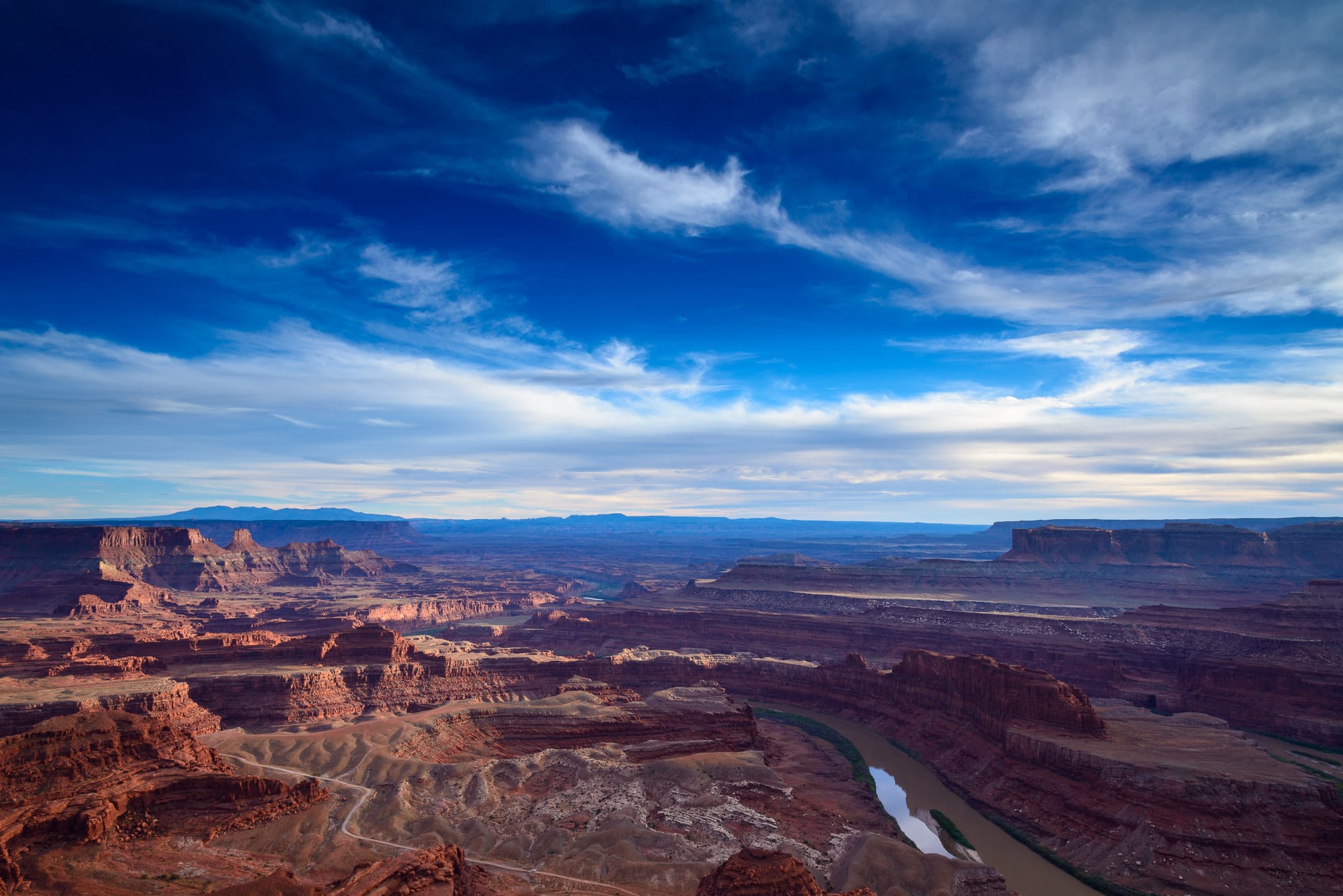
Q: How would you describe the two sides of the debate?
Everyone wants certainty. In these seven counties, roughly 3 million acres are currently designated Wilderness Study Areas, which puts them in limbo while Congress considers them for permanent wilderness status. Except some of them have been “wilderness in waiting” for upwards of 35 years.
Local and regional environmental groups want to protect more land. Though it has some of the most spectacular, lonesome, wild country in the lower 48, Utah received zero wilderness acreage in the 1964 Wilderness Act. Even today, Utah has fewer wilderness acres than Florida. Many people are shocked to learn that.
Meanwhile, there’s turning out to be a lot of oil and gas in the ground in eastern Utah. So county commissions and oil and gas groups want more certainty about what they can do with the land—especially the federal land. Frankly, the state’s regulations are a lot more predictable about where, when, and how fast oil companies can drill—while federal regulation can be subject to the shifting winds of presidential administrations or litigation.
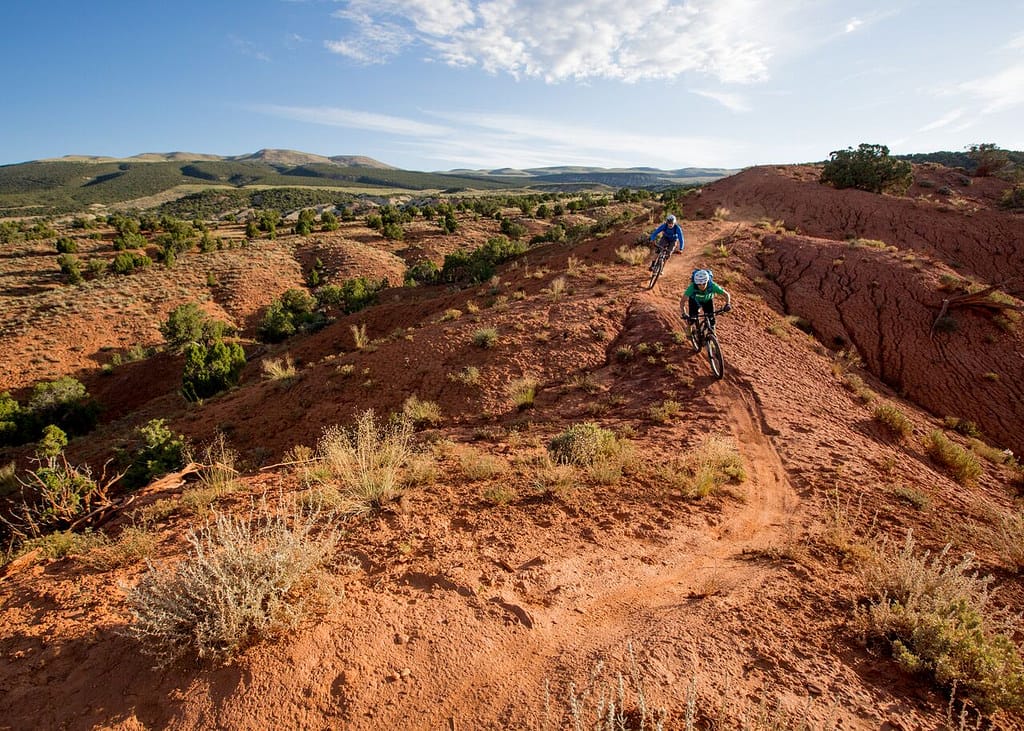
Q: What do we know about what happens when federal land is transferred to a state? Has it happened before?
A: In Nevada in 2004 there was a bill that designated roughly 770,000 acres of wilderness, which sounded like a great deal at the time. All of these environmental groups signed onto it. But to get that wilderness, the bill put up for sale more than 100,000 acres of public land, which went against longstanding federal policy of keeping federal lands in federal hands.
Traditionally if the feds ever sell a Forest Service ranger station or a half-acre somewhere because they don’t need it anymore or there’s no good use for it, that money goes back to the U.S. Treasury—it goes back to all of us. But in this Lincoln County deal, a bunch of the money went to the state of Nevada, which sets up all sorts of bad incentives to sell. If you want to put it crassly, Forest Service acreage was sold off potentially to pay for paving roads in Las Vegas.
Q: What happens if the Public Lands Initiative bill doesn’t pass?
A: What may arise is a new national monument in southern Utah. Many Native Americans felt excluded from Bishop’s process—or didn’t necessarily trust that process, so maybe didn’t step forward as much as they might have. The main thing they want is to protect the Bear’s Ears: it’s 1.9 million acres encompassing all of Cedar Mesa, which is maybe the most archaeologically rich area in North America. It contains at least 100,000 archaeology sites and 200,000 cliff dwellings—not to mention world-class rock climbing.
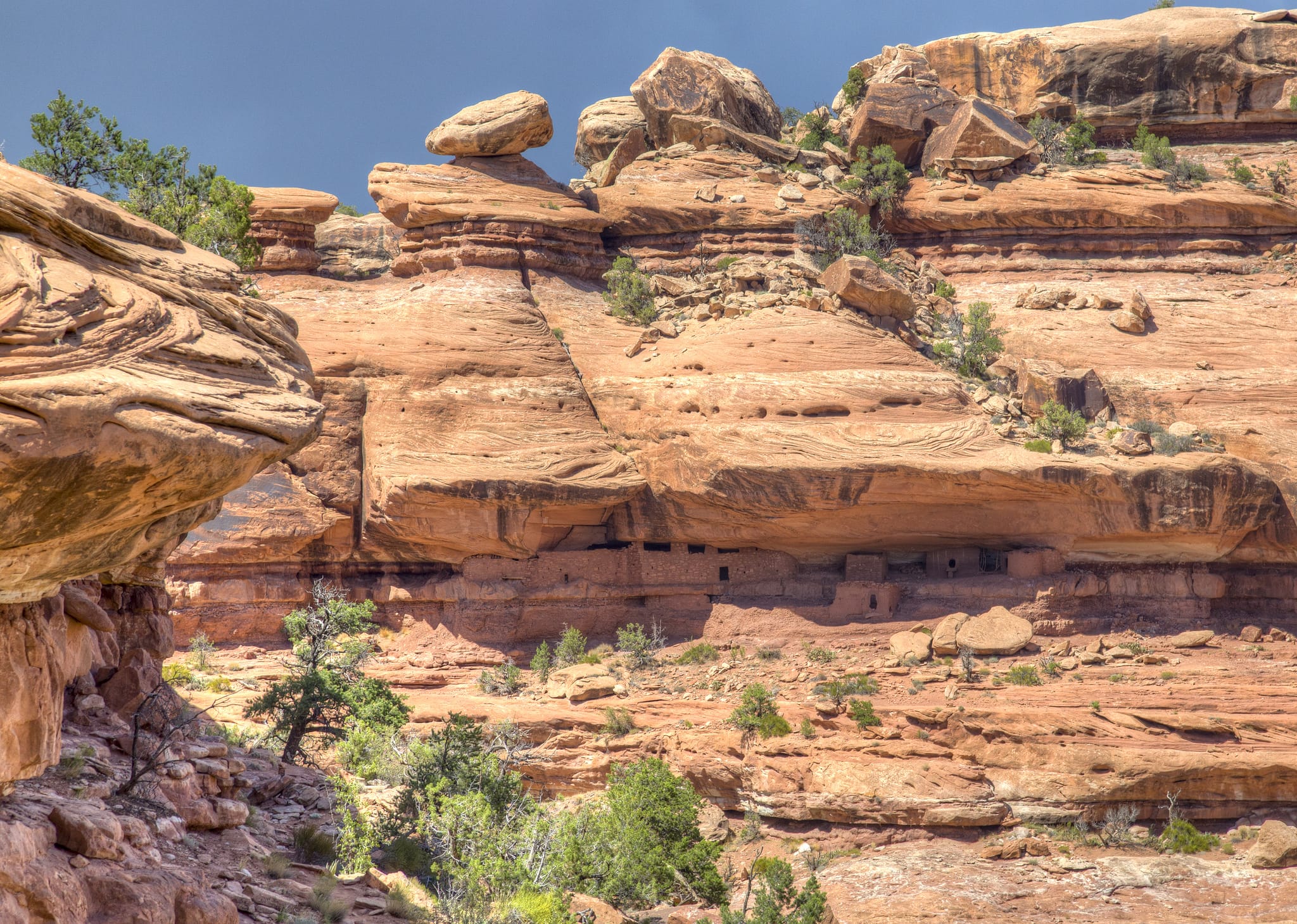
Were President Obama to declare a national monument at Bear’s Ears, it would absolutely infuriate many people in Utah who feel like the presidential ability to declare national monuments through the Antiquities Act is completely inappropriate. They think to slap down a designation like this is the ultimate abuse of power by the federal government—it’s exactly what they’re always mad about.
Q: One of the demands from people aligned with the Sagebrush Rebellion has been that the federal government return public land to the states. What’s your take on that?
A: The states have never owned this land, so to call for its “return” is disingenuous—it implies a theft has occurred. But the larger issue is the sense among many people in the West that they have been wronged by the federal government, and that states need to take control of federal lands and make them available for more ranching, more energy exploration, and more mining.
To me that seems problematic. It assumes that more ranching or drilling or mining is the solution to the woes of people in the rural West, which I don’t think is accurate. Cattle ranching isn’t in decline just because of the federal government: Uncle Sam is an easy boogey man, but he doesn’t control beef prices.
That said, it is true that environmental regulations have changed, making cattlemen’s jobs harder than they were in the 1950s. So the question as a society we need to ask is, are we willing to go back to the way we treated the land in the 1950s to satisfy this small constituency? And I think many of us would probably say no. But this is where it becomes a philosophical disagreement.
Q: You wrote that land conservation in the U.S. is harder today than ever. Why?
A: The lands that remain to protect have competing claims on them, whether from off-road drivers, mountain bikers, or energy companies. Add to that the constipation in Congress. So people have been trying to find other ways to get things done. There has been a trend in the last dozen years that you wouldn’t necessarily notice unless you’re there on the ground: a trend of groups getting together and saying, “Let’s not fight it out in the courts anymore. Let’s sit down in a room with a rancher, a miner, a sheep herder, a mountain biker, and someone wearing a Grateful Dead shirt and draw lines on a map outlining our priorities.” The good-faith idea is that if we can all just see each other as humans and hear each other’s needs, we can come to some better agreement.
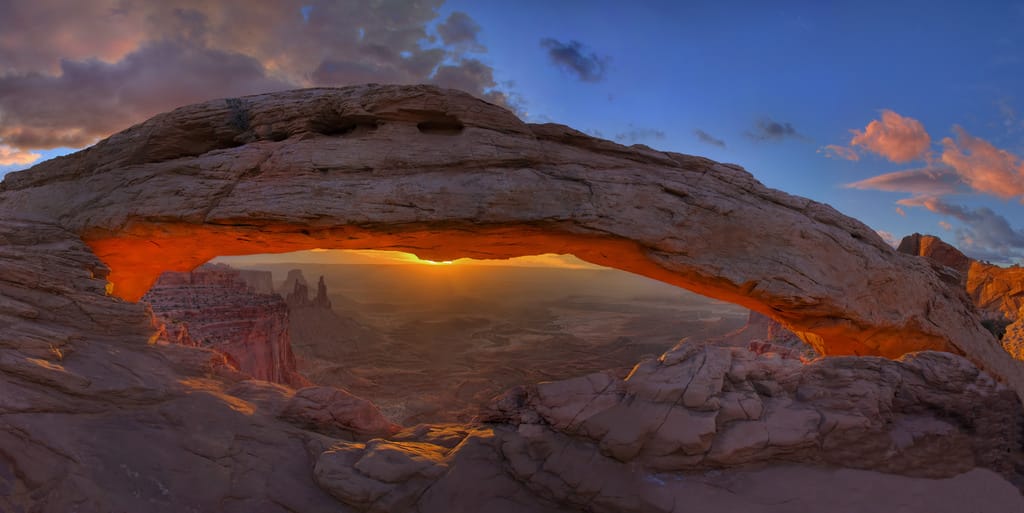
So what was neat about the process of the Public Lands Initiative was people coming together. They were actually—albeit with some mistrust—talking to each other. A couple of people I interviewed expressed a hope that even if the Public Lands Initiative dies in the House, maybe pieces of it can be salvaged—that the groundwork won’t be washed away in the rancor that follows, but can be built upon later.
Q: Of all the people you’ve talked to about this issue, who surprised you the most?
A: I visited a gentleman named Phil Lyman, a county commissioner down in San Juan County in the bottom-right corner of Utah—a very remote, rural country. He had been convicted of leading an illegal ATV ride into an area called Recapture Canyon that the BLM had closed to protect some Native American resources. A lot of people on the environmental side told me he was a lunatic.
When I went to see him, he’s like, “Look, I’m an accountant. I’m not some fear-dripping, gun-waving, crazy guy.” No doubt, he’s very passionate, and his passion leads him sometimes into some outlandish things. And granted I didn’t agree with some of the things he said when we were together. But he was also very thoughtful and clearly cares a lot.
Q: What did you take away from that experience?
A: One of the most enjoyable parts of being a journalist is when you actually sit down to talk with people. What I find a little frustrating with the environmental movement these days is that there’s almost this sense that you’re betraying the cause or selling out if you even talk to people who have a divergent point of view. I think that’s unhealthy. You don’t have to agree with someone, but you should engage them and see them as a human being. As a journalist, I’ve found that neither side has halos or horns: they actually might both mean well, they’re just coming at something from very different backgrounds.
True, people in Utah are in trenches when it comes to wilderness. But many people are smart enough and willing enough that maybe they can see out over the top.
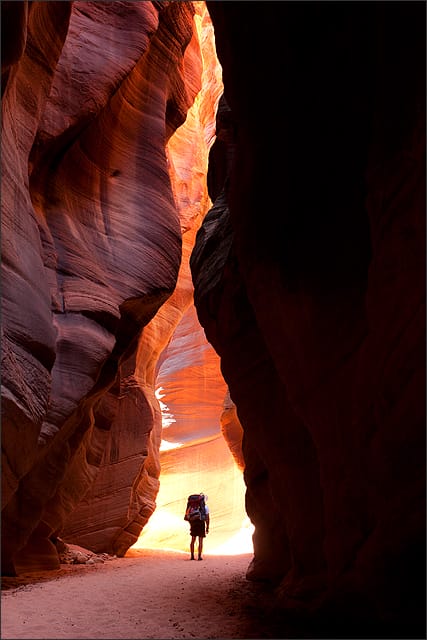
Want to help protect public lands? Visit tpl.org/save-our-public-lands to learn what you can do.
This raw, beautiful landscape in Southern California is home to Indigenous heritage sites, and it provides critical habitat for threatened and endangered species. Urge President Biden to safeguard this extraordinary landscape today!


Donate to become a member, and you’ll receive a subscription to Land&People magazine, our biannual publication featuring exclusive, inspiring stories about our work connecting everyone to the outdoors.
See how our supporters are helping us connect people to the outdoors across the country.

